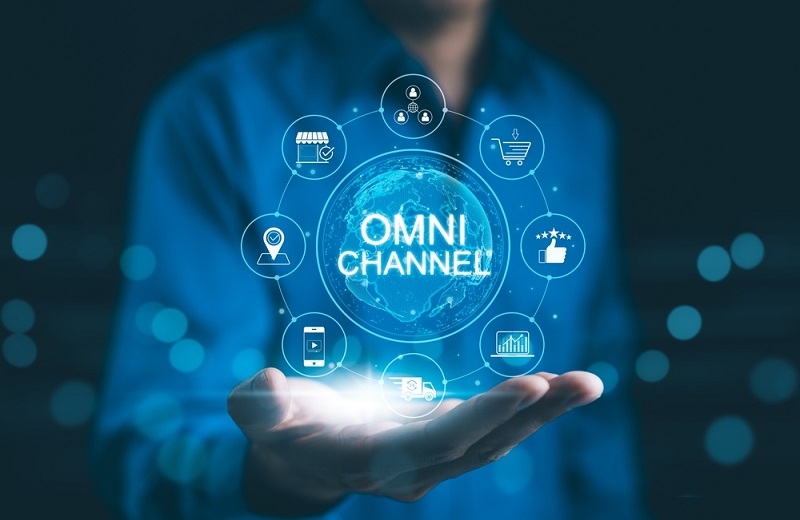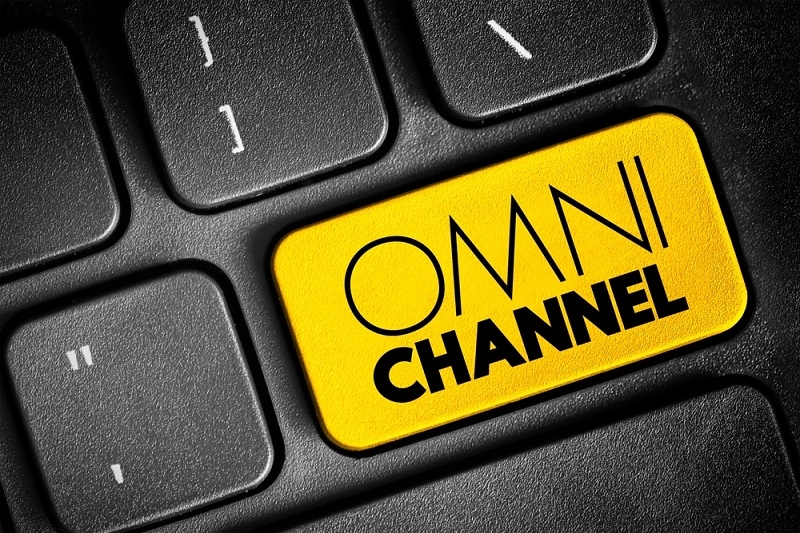
Smart Omnichannel Marketing Tips to Unify Your Brand
Let's cut to the chase: showing up on every platform doesn't mean you're building a brand that sticks. If your messaging feels disconnected across touchpoints, you're not running an omnichannel strategy-you're just making noise. In 2025, your audience expects your brand to show up the same way everywhere they interact with you. That's where omnichannel marketing comes in-not as a luxury, but as a survival tactic.
Still asking what is omnichannel marketing? Simple. It's the difference between a brand that follows you like a ghost and one that holds your hand through every step of the buyer journey.
So, What Is Omnichannel Marketing?
Omnichannel marketing means creating a seamless, unified brand experience across every channel your customer uses. It doesn't matter if they're browsing your website, opening your emails, scrolling your Instagram, or walking into your store-the tone, visuals, and message all feel like they came from the same brain.
This isn't just about "being present." It's about being intentionally present with consistency, context, and customer-first thinking. When done right, omnichannel marketing ensures that no matter where your customer goes, they're never lost or confused about who you are and what you stand for.
Top Pick: Future of AI in Marketing: 5 Free Tools for Startup Growth
Why Omnichannel Marketing Isn't Optional Anymore

We're not living in the multichannel era anymore. Throwing content across platforms without cohesion won't cut it. According to Marketing Evolution, brands using omnichannel strategies see massive lifts in customer retention, satisfaction, and ROI. Why? Because customers don't think in channels-they think in experiences.
They want to:
- Add to cart on mobile, checkout on desktop.
- Talk to support on chat, and have that chat history remembered by email.
- Get an email offer based on something they browsed on the app.
Omnichannel marketing isn't just about tech integration. It's about respecting your customer's time, behavior, and expectations.
Build a Real Omnichannel Marketing Strategy
You can't wing this. A true omnichannel marketing strategy starts with clarity and intention. Here's where to begin:
1. Nail Down Your Core Messaging
Your tone, visuals, and brand voice should never shift based on platform. Instagram can be playful, email can be polished-but both should clearly reflect you. Build a unified brand system and stick to it.
2. Map the Entire Customer Journey
Don't guess where your audience goes. Use data to map the real journey-from first click to repeat purchase. Where do they enter? Where do they drop off? What content do they engage with at each stage? That map is your playbook.
3. Set Platform-Specific Goals That Align
An omnichannel marketing strategy doesn't mean carbon-copy content everywhere. It means tailoring your message per platform while keeping the core intact. Email can nurture. Social can spark. SMS can convert. Each has a role-but all should play from the same sheet.
Use an Omnichannel Marketing Platform That Actually Works
If your tools don't talk to each other, your marketing won't either. Period.
An effective omnichannel marketing platform should:
- Centralize customer data from all touchpoints
- Allow real-time personalization
- Automate workflows without sounding robotic
- Give you reporting that actually helps you optimize
Whether you go with HubSpot, Klaviyo, Salesforce, or Adobe Experience Cloud depends on your scale. But one thing's non-negotiable: your platform needs to make execution smoother, not more chaotic.
Make Personalization Non-Negotiable
The days of sending generic blasts to your entire list are long gone. If you're not personalizing, your audience is tuning out.
Use your omnichannel marketing platform to:
- Trigger behavior-based messages (abandoned cart, recent browsing, repeat purchase)
- Serve dynamic content based on past interactions
- Create tailored experiences based on geography, device, or behavior
Smart brands are using first-party data to build experiences that feel custom-even if they're automated. That's the sweet spot of omnichannel: smart tech, human feel.
Align Your Teams or Don't Bother
Here's the part most brands miss. You can't run omnichannel marketing if your departments operate in silos. Marketing, sales, support, fulfillment-they all need to see the same customer data and work off the same playbook.
- Marketing sends the promo
- Sales knows what the promo was
- Support can speak to it if there's an issue
- Fulfillment syncs timelines accordingly
No dropped balls. No confused customers. That's alignment in action.
Mobile-First or Bust
If your strategy isn't built for mobile first, you're already behind. Every part of your omnichannel marketing strategy must work flawlessly on smartphones-because that's where your customers are.
That means:
- SMS that feels timely, not spammy
- Mobile-optimized landing pages
- Emails that render perfectly on every device
- Apps that sync with loyalty data and in-store behavior
If mobile isn't the backbone of your experience, you're losing leads before they even see your offer.
Use Automation-But Keep the Soul Intact
Automation isn't an excuse for lazy copy or irrelevant timing. The best brands use automation to deepen personalization-not cut corners.
With the right omnichannel marketing platform, you can:
- Trigger timely, behavior-based communications
- Build workflows that guide your audience naturally
- Keep content fresh, reactive, and relevant
But remember: No one wants to feel like they're talking to a robot. Use automation as the engine, but keep your brand's voice driving the wheel.
Track in Real Time. Adjust Often.
No matter how tight your plan is, things shift. Your omnichannel marketing strategy should evolve based on how people respond. That's why real-time analytics aren't optional-they're critical.
Keep an eye on:
- Click-throughs per channel
- Conversion drop-offs in the journey
- Channel-specific ROI
- Customer lifetime value shifts
Test, tweak, retest. Your audience is telling you what works-you just need to listen and act fast.
Let's Talk Omnichannel Marketing Examples That Get It Right
Need a little inspiration? These omnichannel marketing examples prove that it's not about being everywhere-it's about being cohesive.
Sephora
Their app, website, and in-store experience are all synced. Loyalty points, product suggestions, and preferences travel with you. Buy online, get in-store tips, and see relevant offers instantly.
Nike
From product drops in the app to customized gear offers via email, Nike's omnichannel marketing strategy is smooth, personal, and totally connected.
Starbucks
Their app-based ordering, loyalty program, and targeted offers make Starbucks the king of cross-platform continuity. The experience flows from mobile to counter without missing a beat.
These brands don't just show up-they show up smart, synced, and always on-brand.
Don't Miss: Best digital marketing strategies for startups
Final Take: Consistency Wins. Period.
You can run the best campaigns in the world, but if they don't connect across channels, you're leaving money on the table. Your customers expect seamlessness-and omnichannel marketing delivers exactly that.
When your message is consistent, your data is connected, and your experience is personalized, you're no longer just present. You're unforgettable.
So if your brand feels scattered or disconnected, here's the move: audit your current experience, choose an omnichannel marketing platform that fits your needs, and commit to building a strategy that speaks the same language everywhere.
Because showing up everywhere is easy. Showing up with purpose-that's the real game-changer.
Categories
- Arts & Entertainment 100
- Automotive 186
- Business & Professional Services 219
- Construction & Contractors 298
- Clothing & Accessories 76
- Community & Government 95
- Computers & Electronics 74
- Education 75
- Food & Dining 86
- Health & Medicine 186
- Legal & Financial 100
- Home & Garden 179
- Industry & Agriculture 105
- Media & Communications 44
- Personal Care & Services 73
- Real Estate 68
- Shopping 74
- Sports & Recreation 87
- Travel & Transportation 102
- Animals & Pets 11
- Arts 9
- Community 9
- Chain 607
- Computers & Internet 8
- Health Care 10
- Communication & Media 7
- Shopping & Retail 10
- Health & Beauty 9
- Education & Schools 8
- Financial & Legal Services 14
- Home & Office 13
- Lawyers & Legal Services 7
- Financial & Services 1
